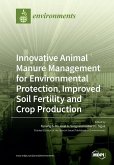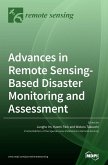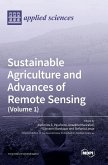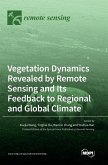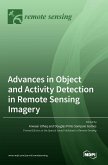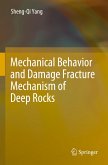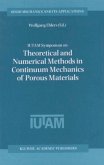Understanding forest fire regimes involves characterizing spatial distribution, recurrence, intensity, seasonality, size, and severity. In recent years, knowledge of damage levels can be directly related to the environmental impact of fire and, at the same time, it is a valuable estimator of fire intensity, when the data about it are not available. Remote sensing may be seen as a tool to accurately assess burn severity and to predict the potential effects of forest fires on ecosystems, thus making the prediction of the regeneration of the plant community and the effects on ecosystems easier. This information is basic to facilitate decision-making in the post-fire management of fire-prone ecosystems. Nowadays, there has been intense research activity in relation to burned areas, burn severity, and vegetation regeneration because fires in many areas of the planet are becoming more severe and extensive, and their correct evaluation and follow-up is posing great challenges to current scientists. The current advances in remote sensing and related sciences will allow us to evaluate the damage with greater precision and to know with greater reliability the dynamics of recovery. This reprint contains studies on new remote sensing technologies, new sensors, data collections, and processing methodologies that can be successfully applied in burn severity mapping, vegetation recovery monitoring, and post-fire management of fire-prone ecosystems affected by large fires. We hope this book can help readers become more familiar with this knowledge and foster an increased interest in this field.
Hinweis: Dieser Artikel kann nur an eine deutsche Lieferadresse ausgeliefert werden.
Hinweis: Dieser Artikel kann nur an eine deutsche Lieferadresse ausgeliefert werden.


